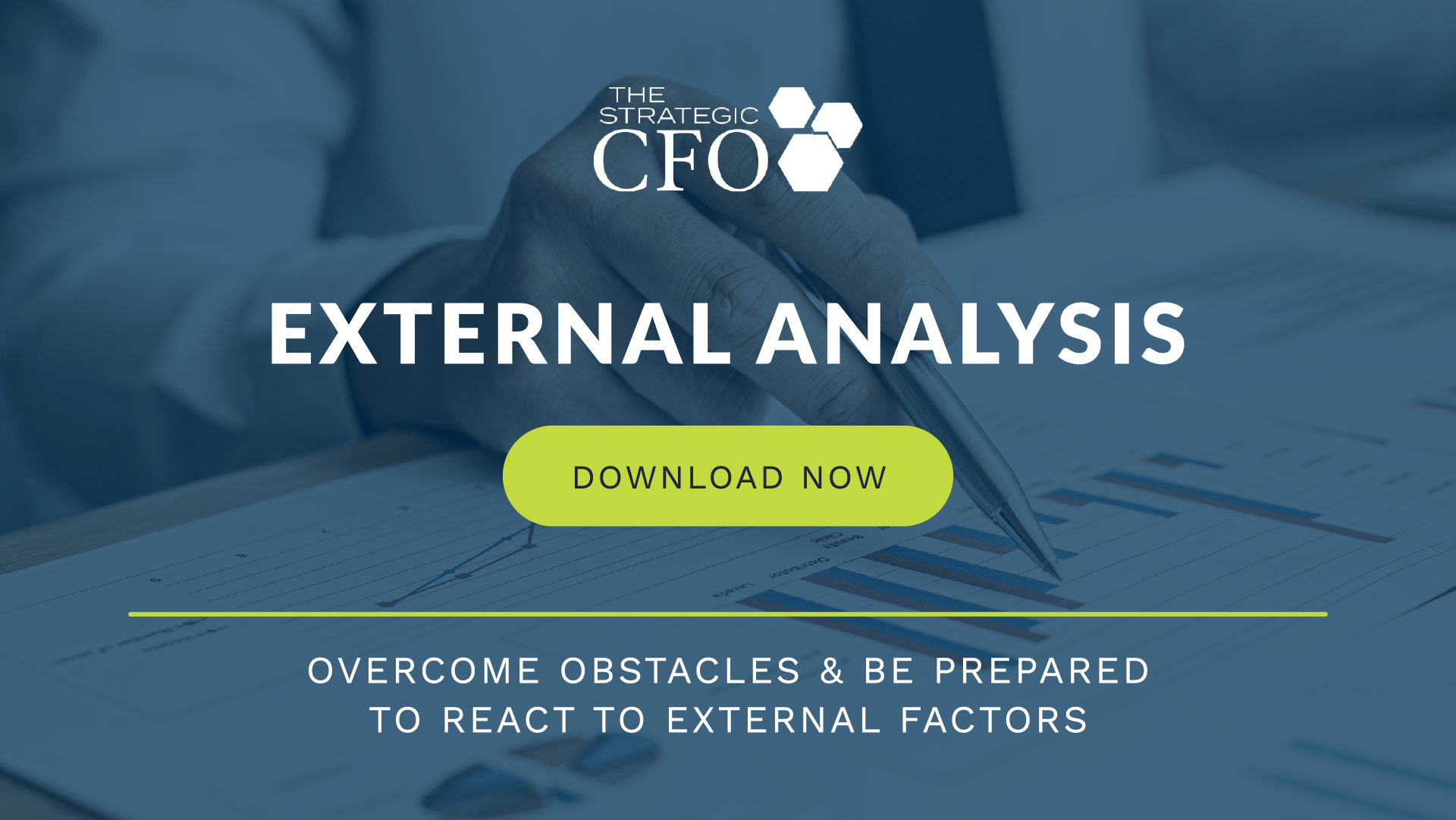In this blog, we look at how the FASB Chief to propose accounting rule change will impact your business.
FASB Chief to Propose Accounting Rule Change
The Chairman of FASB is set to propose that bank regulators be allowed to make adjustments to the financial statements of banks in order to determine whether those banks have met capital requirements, while requiring that those banks report to the investing public according to GAAP.
Naturally, the banks are in favor of this, yet investors should pay attention to the financial statements and not the pronouncement of regulators that a given bank has met its capital requirements through some “adjustments” to its loan portfolio.
If you want to overcome obstacles and prepare to react to external forces, then download the free External Analysis whitepaper.
Strategic CFO Lab Member Extra
Access your Strategic Pricing Model Execution Plan in SCFO Lab. The step-by-step plan to set your prices to maximize profits.
Purchase Option Definition
Purchase option, defined as the opportunity to purchase a piece of property which is being leased after the lease is completed, is part of the many options available in a lease agreement. A purchase option is often agreed upon by the two parties involved before the contract is made.
Purchase Option Explanation
For the lessee, it allows them to make the income from leasing the item while also making the income from selling the item. In this way, a purchase option provides a benefit to both parties. It also allows access to and income from the asset almost instantaneously. A purchase option fee may be accrued while choosing to engage in such a contract.
Purchase Option Example
Asal is renting a piece of equipment for her graphic printing firm. Asal, because of her vast equipment needs, has to watch to make sure she has the cash flow necessary to operate her business based on the current needs it has. She currently can not afford to buy this piece of equipment. Still, she sees the value in having it available in her office. Asal balances these two needs by agreeing on a purchase option with the lessor.
Asal is creating a short-term agreement to lease the piece of equipment, a commercial quality printer. She will keep this printer in her office for one year, at which point she will buy the item. Asal and her lessor agree on a fair market value for the printer. So Asal completes the purchase option agreement and begins use of the item.
One year later, Asal is seeing a lot of growth in her business. So much growth, in fact, that she is going to outsource the printing for her customers to a better equipped company. She trusts this vendor and knows the quality of the products they produce, so she trusts the company.
This change of pace negates her need to purchase the printer she was leasing. Asal is nearing the end of her lease agreement, so she informs the lessor that she will not be accepting the purchase option at end of lease. She has more important expenditures to make at this point.
Asal is happy that she made a purchase agreement. She made the right business decision and will soon see the fruits of her labor. She opens the office the next day with the feeling of success.










